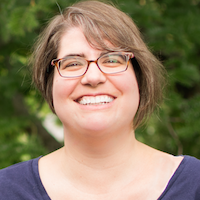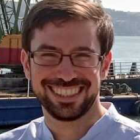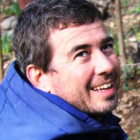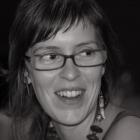On the morning of 11 December 1096 (or Kahō 3/11/24, according to the Japanese calendar in use at the time), the tectonic stresses building up in the eastern Nankai Trough reached a critical point. The fault ruptured, violently releasing stored energy as the Euroasian Plate rebounded from where it had been dragged downwards by the force of the subduction of the Philippine Sea Plate. The seismic waves swiftly reached the Japanese capital of Heian (modern Kyoto), over three hundred kilometers away. There, members of the court panicked as the ground shook for a few minutes, then evacuated the ruler and his main consort into a boat in the pond at his residence for their safety. In the next two hours, there were at least six significant aftershocks. During the rest of the day, through continuing aftershocks, the government undertook a survey of damage in the capital. This was fortunately limited to large—although ideologically significant—buildings, with no recorded fatalities. The survey was completed by 15:00 in the afternoon, according to courtier Fujiwara no Munetada’s diary; but by this time, coastal communities along the coasts of Suruga and Ise bays had already been devastated by repeated tsunami waves.
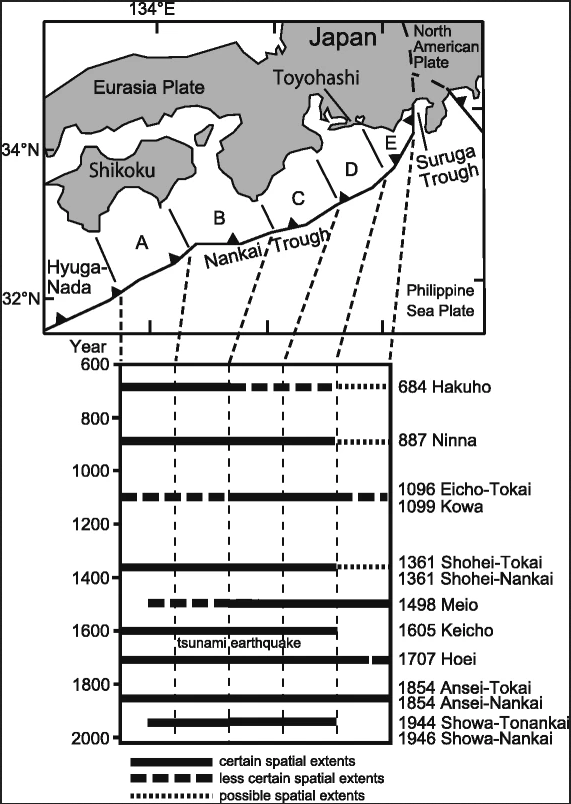
Graph showing the spatial distribution of great earthquakes along the Nankai Trough. Made by Akihisa Kitamura.
Graph showing the spatial distribution of great earthquakes along the Nankai Trough. Made by Akihisa Kitamura.
Graph by Akihisa Kitamura.
Originally published in Akihisa Kitamura, “Examination of the Largest-Possible Tsunamis (Level 2) Generated along the Nankai and Suruga Troughs During the Past 4000 Years Based on Studies of Tsunami Deposits from the 2011 Tohoku-oki Tsunami,” Progress in Earth and Planetary Science 3, no. 12 (2016).
Click here to view source.
 This work is licensed under a Creative Commons Attribution 4.0 International License.
This work is licensed under a Creative Commons Attribution 4.0 International License.
The 1096 Eichō Earthquake and Tsunami—named for the era name change, from Kahō to Eichō, prompted by the event—shows the ways in which the geographies of rule and of communication shaped the experience of seismic events in early medieval Japan. Although the link between earthquake and inundation by the sea was long known in Japan—nothing in the diaries and reports indicate that 1096 proved any exception—for people living in the capital and its surrounds, the time elapsed between personal experience (a period of shaking that, for an earthquake, was of relatively long duration, but in the terms of daily life was brief) and communication (learning about the damage on the coast) meant that the earthquake and tsunami were viewed as almost two separate events, with different implications and consequences. The business of determining what the earthquake meant, and thus what the response of the court should be, began within two days of the disaster. Astrological and then instrumental divinations were commissioned, and offerings to shrines and Buddhist services ordered. These actions treat the earthquake as an omen of future danger to the court and the crown, and sources mention the specific prognostication of future rebellion as the prime worry. It was only on the fifteenth day after the earthquake, when the court had already begun deliberations on further symbolic repentance, that members of the court first record hearing of the tsunami. Although not as well recorded as the religious responses, upon receiving this news the state decided to forgive taxation in the afflicted areas, a practical as well as symbolic performance of benevolence and virtue, and one designed to encourage local communities to rebuild.

Ushibushiyama, Numazu City.
Ushibushiyama, Numazu City.
Photograph by Kristina Buhrman
 This work is licensed under a Creative Commons Attribution 4.0 International License.
This work is licensed under a Creative Commons Attribution 4.0 International License.
For individuals living near the Pacific coast from the western edge of the Izu Peninsula to Ise Bay, many of whom lived on estates near river ports for ease of transportation of produce to the capital, the earthquake and tsunami were clearly the same event. Although no first-hand accounts survive from the port of Anotsu (modern Tsu City, Mie Prefecture) or coastal communities in Suruga (modern Shizuoka Prefecture), a later record preserved in the Ōasa Shrine archive (Numazu City, Shizuoka; at that time across the border in Izu Province) about this earthquake states that when the tsunami struck, individuals took shelter at the shrine, located on Ushibushiyama, a hill near the shore. After the waves receded, the residents then petitioned the deity of that shrine that no tsunami should destroy their community again (a request that has, by local tradition, been honored). That community, in other words, had their own religious response to the disaster, and did not rely on the rituals performed by the state either in the capital or through networks of nationally-important shrines and temples—the meaning of the disaster, for them, was determined locally. This parallels the burdens of reconstruction, which would have fallen largely on the residents of the local estates.

Ōasa Shrine, 2016.
Ōasa Shrine, 2016.
Photograph by Kristina Buhrman, 2016.
 This work is licensed under a Creative Commons Attribution 4.0 International License.
This work is licensed under a Creative Commons Attribution 4.0 International License.

Ōasa Shrine. Stairs for the modern tsunami evacuation route are located to the left of the shrine.
Ōasa Shrine. Stairs for the modern tsunami evacuation route are located to the left of the shrine.
Photograph by Kristina Buhrman.
 This work is licensed under a Creative Commons Attribution 4.0 International License.
This work is licensed under a Creative Commons Attribution 4.0 International License.
For those living outside of the area hit by the tsunami, however, it was the court’s initial, astrological interpretation of the 1096 earthquake that held sway. Nowhere is this clearer than in the foundation narrative of a temple in modern Tokushima Prefecture on the island of Shikoku, the Awa no kuni Tairyūji engi. This narrative links the re-establishment of the temple with the 1096 earthquake, although without any indication of nearby damage from that earthquake or tsunami. Although the coast near the re-established temple also faced significant tsunami hazard—in fact, a major tsunami hit the southeastern Shikoku coast soon after, in 1099—the temple history only mentions the divination performed by the court just a few days after the earthquake, even before news of the tsunami damage reached the capital. In other words, although the Japanese court at the end of the eleventh century largely limited its efforts in disaster recovery to tax relief in the wake of sudden events such as an earthquake and tsunami—entrusting the actual work of rebuilding to local residents—as far as the unaffected areas of the state were concerned, it was the court’s interpretation of events that still dominated. It was not until the thirteenth century that the power to interpret disasters would begin to shift decisively from Kyoto.
How to cite
Buhrman, Kristina. “The 1096 Eichō Earthquake and Tsunami.” Environment & Society Portal, Arcadia (Spring 2020), no. 14. Rachel Carson Center for Environment and Society. doi.org/10.5282/rcc/9035/.
ISSN 2199-3408
Environment & Society Portal, Arcadia
 This work is licensed under a Creative Commons Attribution 4.0 International License.
This work is licensed under a Creative Commons Attribution 4.0 International License.
2020 Kristina Buhrman
This refers only to the text and does not include any image rights.
Please click on an image to view its individual rights status.
- “Awa no kuni Tairyūji engi.” In Zoku gunsho ruijū. Edited by Zoku gunsho ruijū kanseikai, vol. 28, part 1. Tokyo: Yagi shoten, 1958.
- Fujiwara no Munetada. Chūyūki. Edited by Tokyo Daigaku Shiryō hensanjo, vol. 3. Dai Nihon kokiroku. Tokyo: Iwanami shoten, 1999.
- Fujiwara no Moromichi. Go-Nijō Moromichi-ki. Edited by Tokyo Daigaku Shiryō hensanjo, vol. 3. Dai Nihon kokiroku. Tokyo: Iwanami shoten, 1958.
- Shizuoka Prefecture, ed. Shizen saigaishi. Vol. 2 of Shizuoka kenshi: Beppen. Shizuoka City: Shizuoka Prefecture, 1995–1998.


